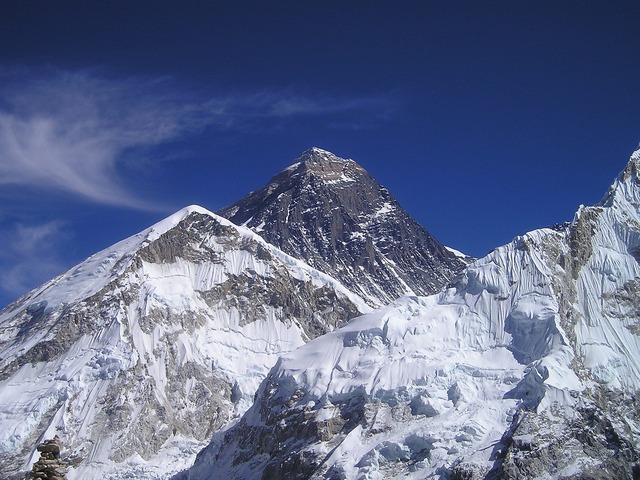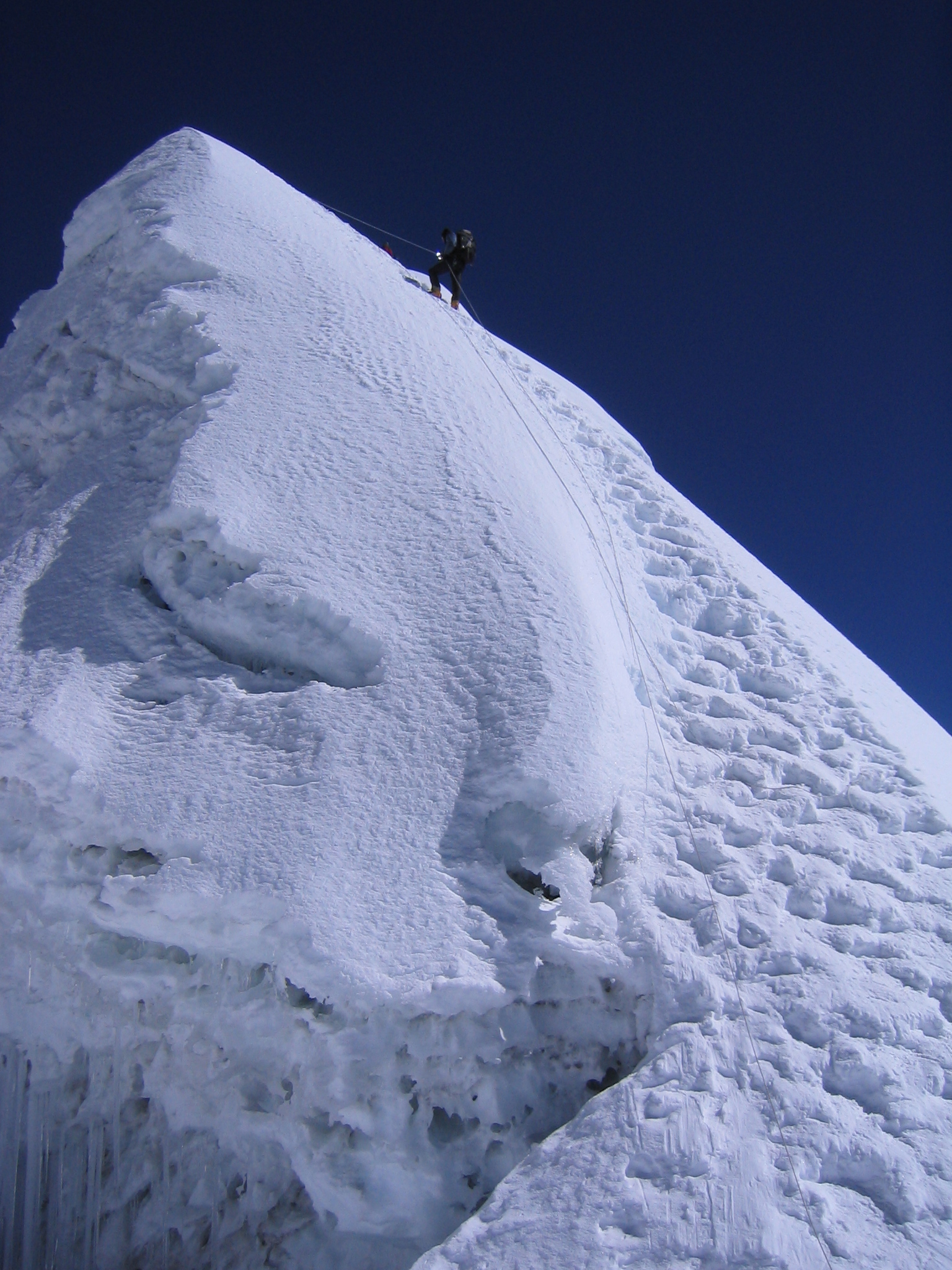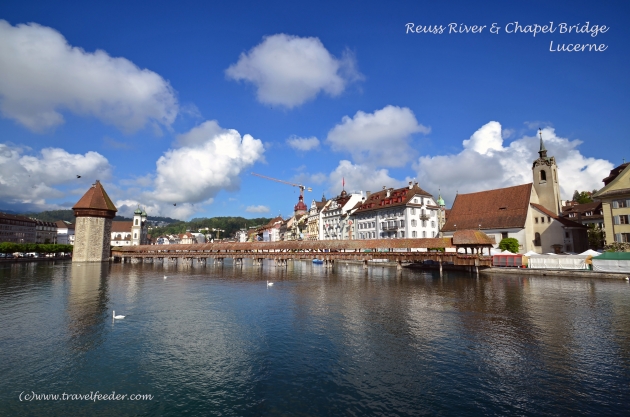Island Peak- An Interesting Addition to a Visit to Everest Base Camp
Trekking to Everest Base Camp (EBC) has become a very popular tourist activity and is one of the leading treks in Nepal. In this guest post, high altitude trekking expert Mark Whitman explains how one can spice up an EBC Trek with a challenging climb up Island Peak.

Reaching Everest Base Camp is itself an adventure, but fantastic as it is, it can be enhanced by climbing the 20,305-foot tall Island Peak, the most popular trekking peak in Nepal – it is visited by 300 groups every year.
Island Peak can be ascended by anybody who has completed an Alpine 13,120-foot route, such as Mont Blanc or a similar mountain, and has been exposed to snow arrete. Scottish winter climbing experience may be sufficient. Island Peak is more technical than certain of Nepal’s other trekking peaks. You will be walking for four to six hours a day with a light rucksack upon your back.
The trip usually commences with a half hour flight from Kathmandu to Lukla airstrip, a somewhat scary experience that often does not go to plan. Purists may prefer to follow the route of the Everest expeditions of the 1950s and 1960s and trek from Jiri, 117 miles from Kathmandu, for eight days.
Next is the Dudh Kosi Valley, a deep gorge with a raging river cutting through its middle and overlooked by the soaring peaks of Kusum Kanguru and Thamserku. You will cross to and fro along narrow suspension bridges adorned with fluttering prayer flags. There is then a steep ascent to Namche Bazaar, the sherpa capital, where further highly impressive mountain vistas await, not to mention two museums, a few internet cafés, three cafés known locally as bakeries and pizza houses. Resting here for a day allows for acclimatisation, the key to preventing altitude sickness, the greatest physical obstacle. Walks can be enjoyed in the vicinity.
Next, you trek to Tengboche Pheriche and halt at Gorak Shep. In the evenings, dried yak dung is burned, which would smell none too great under normal circumstances, but presents no problem to people who have gone unwashed for a week. Your next port of call is Everest Base Camp, 17 575 feet up, almost as high as the highest mountains in Europe and Africa. After taking in fantastic views of Mount Everest and the peaks that surround it, you descend to Chhukung where you brace yourself for the climbing of Island Peak, known officially as Imja Tse. After a day spent walking from Chhukung, you arrive at the Island Peak Base Camp, which will usually be placed at Pareshaya Gyab. It is inadvisable to overnight there because water is scarce and it is difficult to sleep so high up.

It will take one or two days to scale the peak, depending on the weather. The ascent of Island Peak begins with scrambling up a rocky gully to a ridge where you fit your crampons and take up rope for the glacier crossing. The angles found on the glacier are easy, but can be crevassed on occasion. The best approach to crevasses is to avoid them, which is easy in summer when they are open but harder in winter when all but the widest crevasses will be covered with snow and are harder to spot. Most crevasses can be anticipated because they form when the ice comes under tension. From the bergshrund at the foot of the headwall there are angles as steep as 45 degrees that must be passed to reach the airy summit ridge.
At the top, there are fantastic views of the mammoth face of Lhotse, the gracious pyramid that is Ama Dablam, the ragged summits of Nuptse and also, in the distance, Baruntse and Makalu. Island Peak is regarded as one of the most beauteous trekking peaks in Nepal, so if you have an adventures soul, then this Nepal trekking experience is for you!
The Guest Writer, Mark Whitman runs Trekking in Nepal and works in partnership with high altitude trekking specialist, Private Expeditions.



